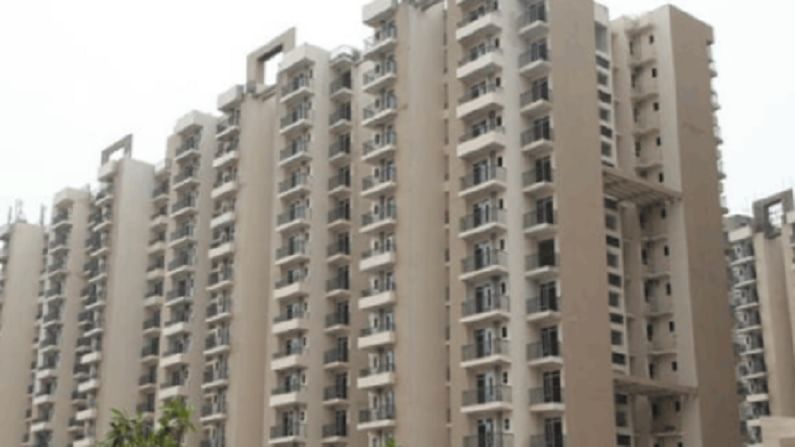Covid-19 second wave: Impact on housing demand and prices
In the short run, buyers may not step out due to rising cases, but this has nothing to do with inherent demand
- Anil Pharande
- Last Updated : May 14, 2021, 14:48 IST

India is in the midst of a second Covid wave, which is by far more devastating than the first. It is causing all-around chaos and economic activities have been hit hard.
The rapid rise in cases and the localised lockdowns have severely affected many sectors, including residential real estate. Buyers have become cautious and are avoiding site visits even if they are interested in buying a home.
Impact
Data by the Inspector General of Registration (IGR), Maharashtra, confirms that April was a slow month in terms of residential sales in the state. Earlier, the period of stamp duty cut between September 2020 and March 2021 saw robust registrations which increased month-on-month.
To some extent, declining registrations is because of rising Covid cases in the state, with Mumbai and Pune being the worst-affected cities. However, another prime reason for the decline is the expiry of the stamp duty cut period.
Nevertheless, this slowdown is temporary. This pandemic has emphasised that there is more demand for homes than ever before. Even during the first wave, we saw housing sales rise hugely in the last three quarters of FY2021.
There is now an urgent need to own homes and property buying is still very attractive thanks to discounts and offers from developers. Also, the current home loan interest rates are at a 15-year low and there are good incentives for first-time homebuyers.
Meanwhile, the second wave now seems to be plateauing out in Mumbai and Pune. So far, the state government has not imposed a complete lockdown and site visits are once again increasing. At many sites, construction is still underway with locally housed construction workers.
Despite the ongoing fear, Pune’s homebuyers are in regular touch with developer sales teams and are bargaining for good prices. Even amid the second wave, housing demand continues. However, buyers’ main priority is to get vaccinated – and vaccine availability is still far from enough. The slowdown will not last long and demand will rebound even faster than before
Learnings
There are some interesting learnings from what happened during the Spanish Flu in 1918. This flu was all the more serious because medical science was still in its infancy. The death rate was enormous – 675,000 people died during this deadly flu epidemic. Like India today, Spain was a developing economy where social distancing was very difficult to maintain.
Naturally, the Spanish Flu severely affected economic activity. However, real estate prices did not decrease. According to a case study, the Spanish Flu primarily caused a decline or delay in consumption of non-essentials, but real estate prices remained steady.
One of the key reasons for this is that housing was, even then, considered an essential asset class. In fact, it remained the most important asset throughout history, even during the deadly Spanish Flu.
Outlook
As we have seen during the current Covid pandemic, housing prices per se have not fallen because housing as an asset has gained more significance in the pandemic. In the short run, buyers may not step out due to rising cases, but this has nothing to do with inherent demand.
Site visits and purchases will increase as soon as the situation improves, restrictions are lifted and the vaccination drive gains the required momentum even among the 18+ population. As long as there is demand, property prices will not be unimpacted.
Also, the main economic impact of this pandemic is more concentrated among the low-income groups while the main demand for housing comes from the middle class. As we have seen, those who can afford homes were actively buying properties even during the first wave.
Just as the Spanish Flu did not cause property prices to decrease, Covid-19 will not put any pressure on housing prices today. Property prices began to improve after the Spanish Flu abated – similarly, this pandemic’s long-term effect on housing prices will only be positive.
(The writer is CMD, Pharande Spaces. Views expressed are personal)
Download Money9 App for the latest updates on Personal Finance.
Related
- YEIDA launches 361 plots for sale near Noida airport
- LIC may sell properties, land to net over $7billion
- Land owners in Amaravati hit a lottery
- Check these out before buying property
- Builders must get occupancy certificate before giving possession: UP RERA
- Essential steps for securing home loan on a single income

